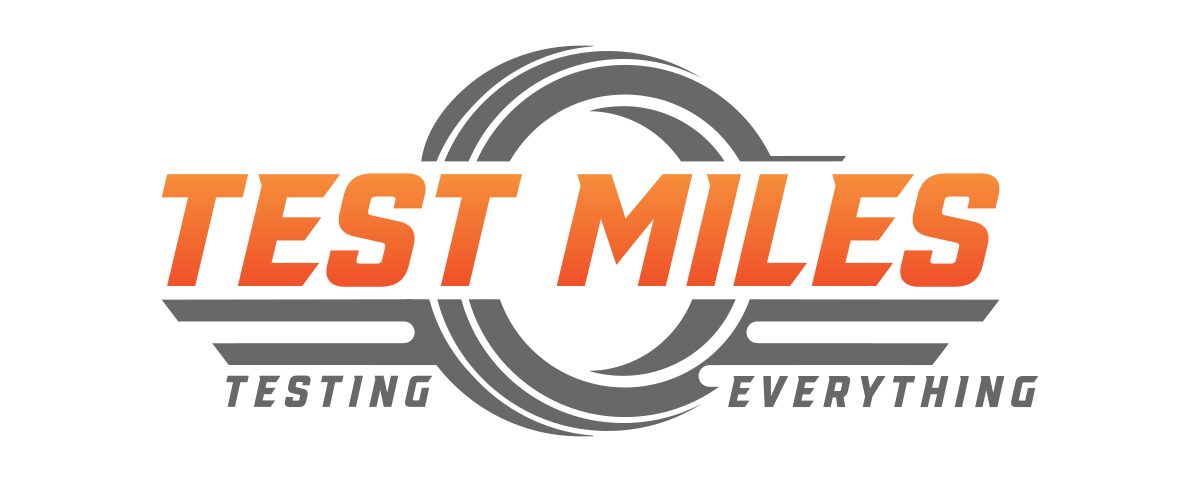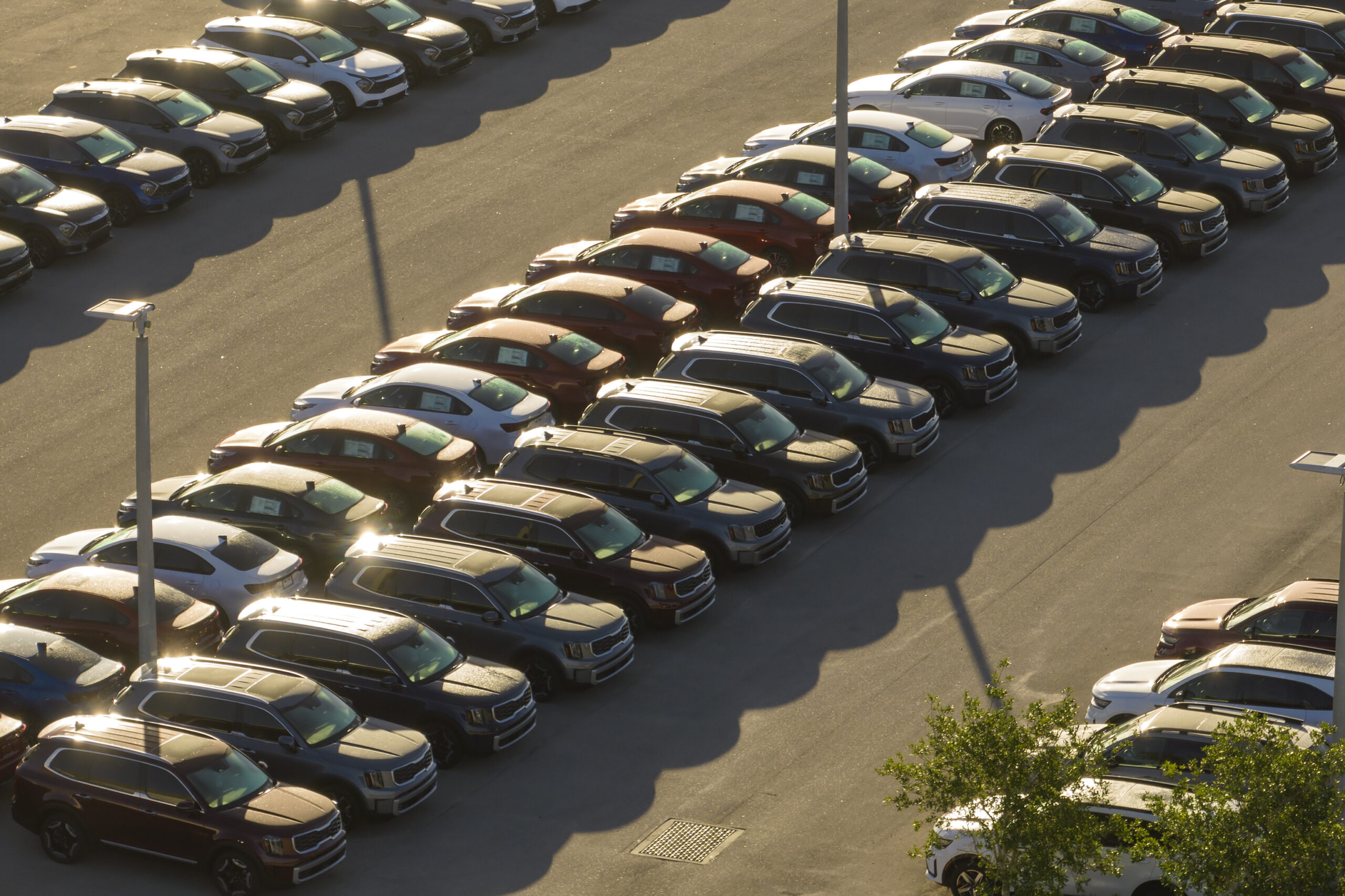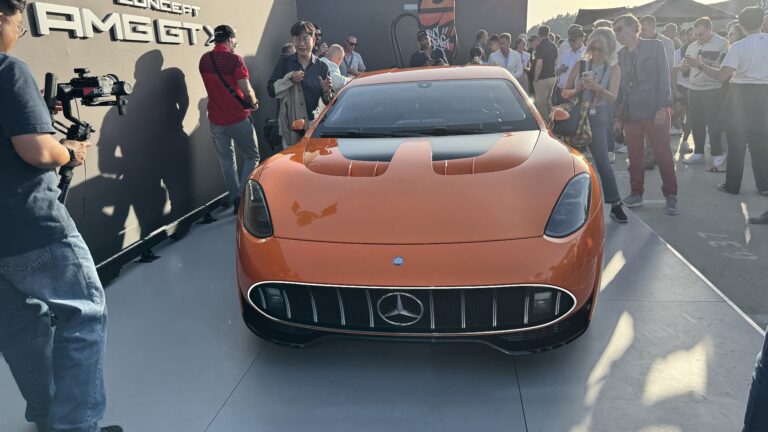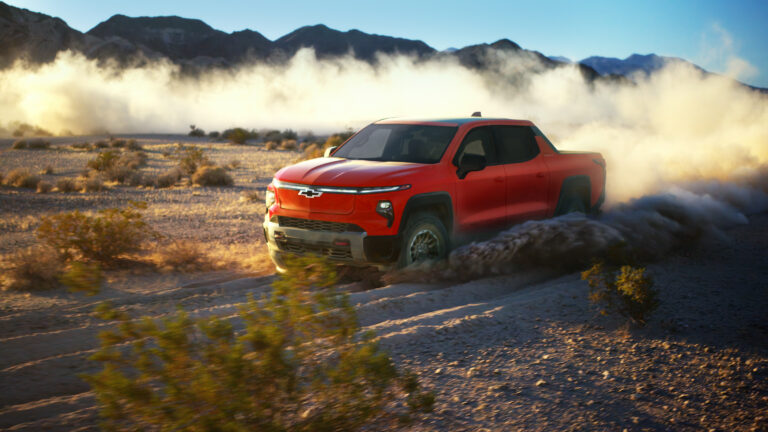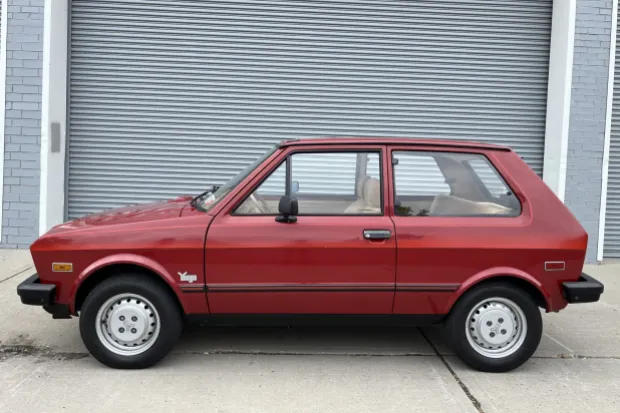Why Your New Car Just Got Pricier
Rising car tariffs and the end of EV tax credits are pushing car prices higher across the board. Here’s how it affects you.
From tariffs to tax credits, 2025 car buyers are stuck in the middle of an economic storm
Ever feel like you’re being charged extra for doing the right thing? Welcome to the car market in 2025 a place where eco-friendly intentions are colliding with international trade policy and federal tax reforms.
You also may like: How Hyundai Is Tackling Tariffs and Leading Electrification

Why does this car matter right now?
Buyers across the U.S. are being hit from both sides tariffs are raising the cost of imported parts and vehicles, while the federal tax credits designed to make electric vehicles more affordable are vanishing. It’s a one-two punch that’s reshaping the car market at every price point.
Ford absorbed an $800 million tariff hit in just one quarter and expects $3 billion in annual losses. Stellantis is forecasting $1.65 billion in similar setbacks. Mercedes-Benz has paused EV shipments to the U.S. due to profit concerns, and brands like Porsche and Aston Martin have quietly hiked prices by over 3% in some cases. Even Ford, a domestic automaker, is feeling the pain from supply chain tariffs on steel, semiconductors, and sensors.
As if that weren’t enough, the $7,500 federal EV tax credit is set to expire on September 30. The $4,000 incentive for used electric cars? Also on the chopping block. With both disappearing, automakers and buyers alike are scrambling to beat the deadline.
You also may like: 2025 Nissan Armada Gets More Power and Tech

How does it compare to rivals?
EV manufacturers that once had a price advantage due to federal subsidies are now on equal or worse footing with their gas-powered competitors. Tesla, Lucid, Cadillac, and even upstart Slate Auto are launching last-minute promotions and bundling perks like free home chargers in an effort to retain momentum before incentives vanish. Meanwhile, gas-powered models though not immune to tariff-driven inflation at least offer more stable pricing in the short term.
The average EV still costs around $65,000, and without the tax credit, that’s a tough pill to swallow for many buyers. Some analysts predict a Q4 EV sales drop of up to 27%, erasing years of adoption progress.
You also may like: 2025 Car Buyers Want Autonomy and Safety Tech

Who is this for and who should skip it?
If you’re planning to buy or lease an EV, now is the time. First-time buyers and budget-conscious families, in particular, may want to act fast. After September, even the most affordable EVs could see a price jump of $4,000 to $7,500 tariffs and tax credits combined.
On the flip side, luxury buyers may face sticker shock no matter what. Brands like Mercedes, Porsche, and Aston Martin are navigating a perfect storm of rising input costs, sluggish demand, and a narrowing buyer pool. If you’re considering a high-end EV, patience might pay off discounts could return once inventories swell post-credit expiration.
You also may like: VW may build Audi cars in the U.S. to ease $1.5B tariff hit

What’s the long-term significance?
The ripple effect of 2025’s policy shifts is already visible. U.S. EV adoption was once projected to hit 24% of the market by 2030. That forecast has been cut to 18.75%, as consumers reconsider their options. Infrastructure funding has stalled, the 2030 national EV mandate has been rolled back, and the affordability gap between gas and electric models continues to widen.
Entry-level cars made up 38% of new car sales in 2019. Today? Just 13.6%. For most Americans, the dream of clean, affordable transportation is moving further out of reach.
In the short term, expect crowded showrooms and a flood of “last-chance” offers. After September, however, things may turn quiet too quiet for automakers already struggling with razor-thin margins.
The road ahead is bumpy. Consumers will need to navigate not just what car they want but when to buy it, how to finance it, and whether policy will change again in an election year.
Whatever you drive, you’re paying the price not just at the dealership, but in the broader economy. And right now, that’s a price nobody can afford to ignore.
Like what you’ve read? Stay in the driver’s seat with more insider automotive insights. Follow @NikJMiles and @TestMiles for stories that go beyond the press release.
